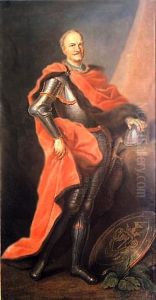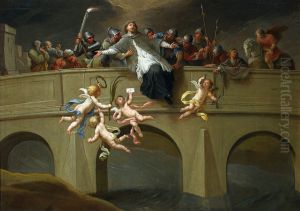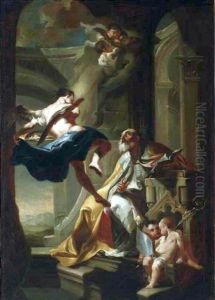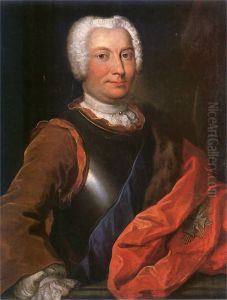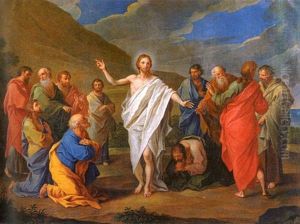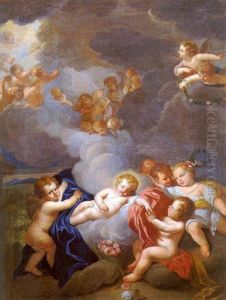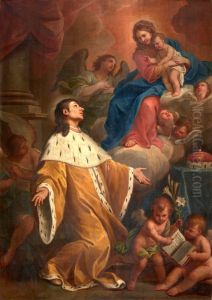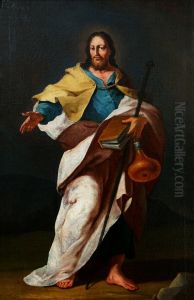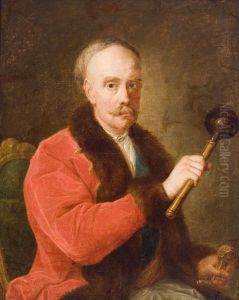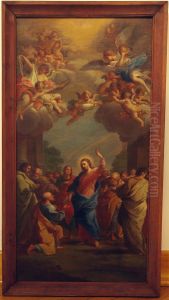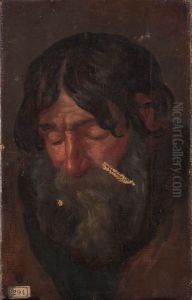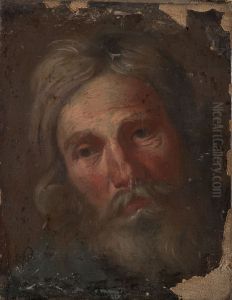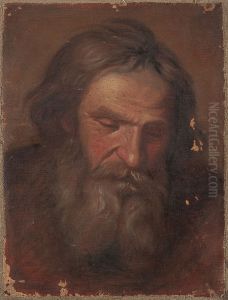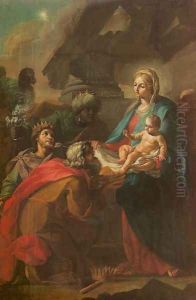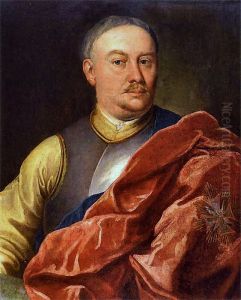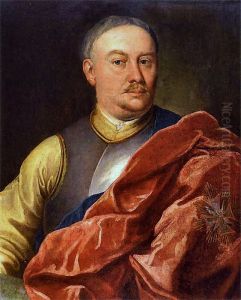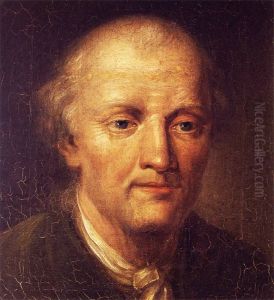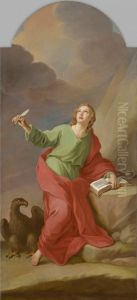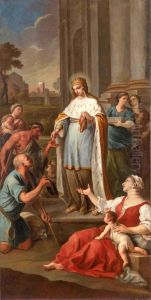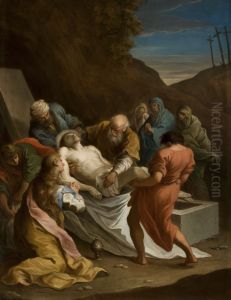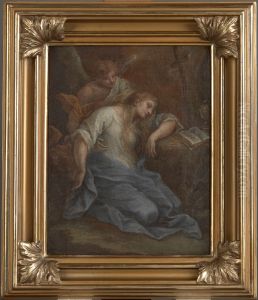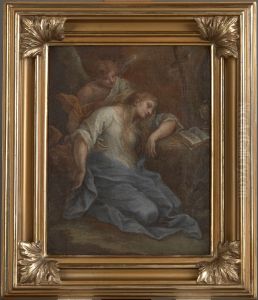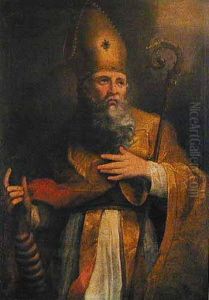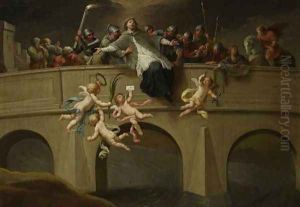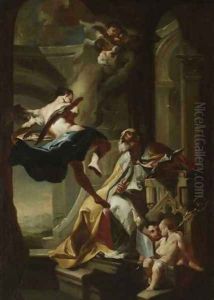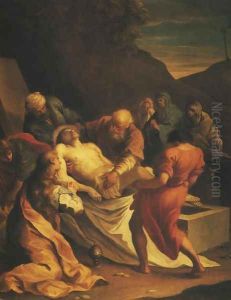Szymon Czechowicz Paintings
Szymon Czechowicz was a prominent Polish painter of the late Baroque period, whose life and work left a significant mark on the artistic landscape of Poland in the 18th century. Born in 1689 in Lublin, then part of the Polish-Lithuanian Commonwealth, Czechowicz was deeply influenced by the religious and cultural milieu of his time, which is vividly reflected in his artistic output. His education and early career were shaped by the vibrant artistic traditions of Poland and the broader European context, especially the Italian Baroque, which he was exposed to during his extensive travels in Italy.
Czechowicz's journey to Italy was a turning point in his career. He spent several years in Rome, studying under the tutelage of prominent artists of the time. This experience was instrumental in honing his skills and shaping his distinctive style, characterized by dynamic compositions, vivid coloration, and a profound sense of spirituality. Upon his return to Poland, Czechowicz embarked on a prolific period of artistic creation, producing a vast array of religious works, including altarpieces, frescoes, and oil paintings, that adorned many churches and cathedrals across the country.
His work is notable for its dramatic use of light and shadow, a hallmark of the Baroque style, which he adeptly combined with a deep sensitivity to religious subjects. Czechowicz's paintings are celebrated for their emotional depth and the ability to convey the spiritual fervor of the Counter-Reformation period in Poland. Among his most famous works are the frescoes in the Church of St. Kazimierz in Warsaw and his numerous altarpieces, which are considered masterpieces of Polish Baroque art.
Throughout his career, Czechowicz enjoyed the patronage of the Polish nobility and the clergy, which allowed him to work on large-scale projects and contributed to his reputation as one of the leading artists of his time. Despite the widespread recognition of his talent, Czechowicz remained deeply committed to his faith, which continued to inspire his work until his death in 1775. His legacy endures in the rich visual heritage he left behind, which continues to be studied and admired for its artistic excellence and historical significance.
